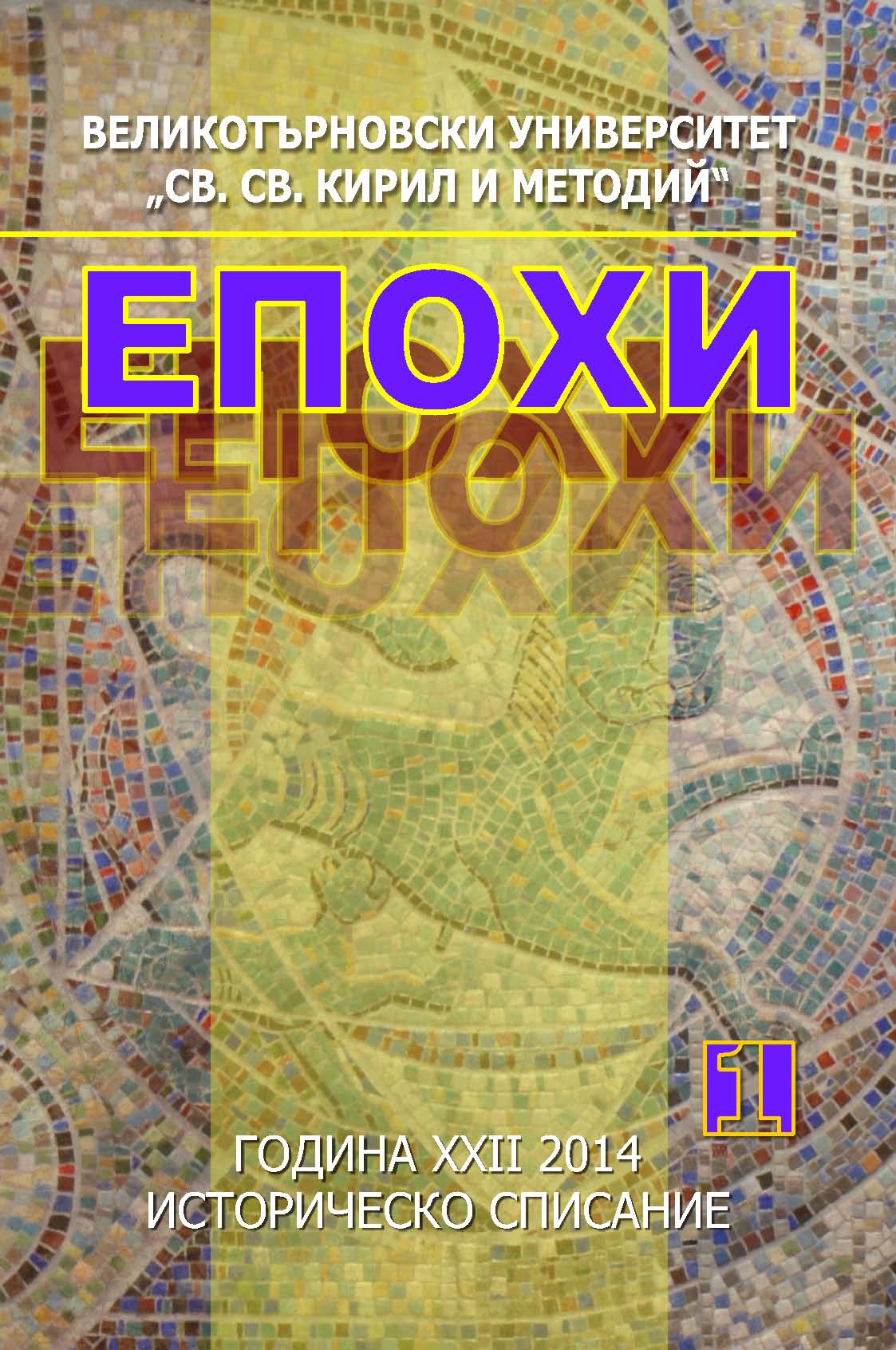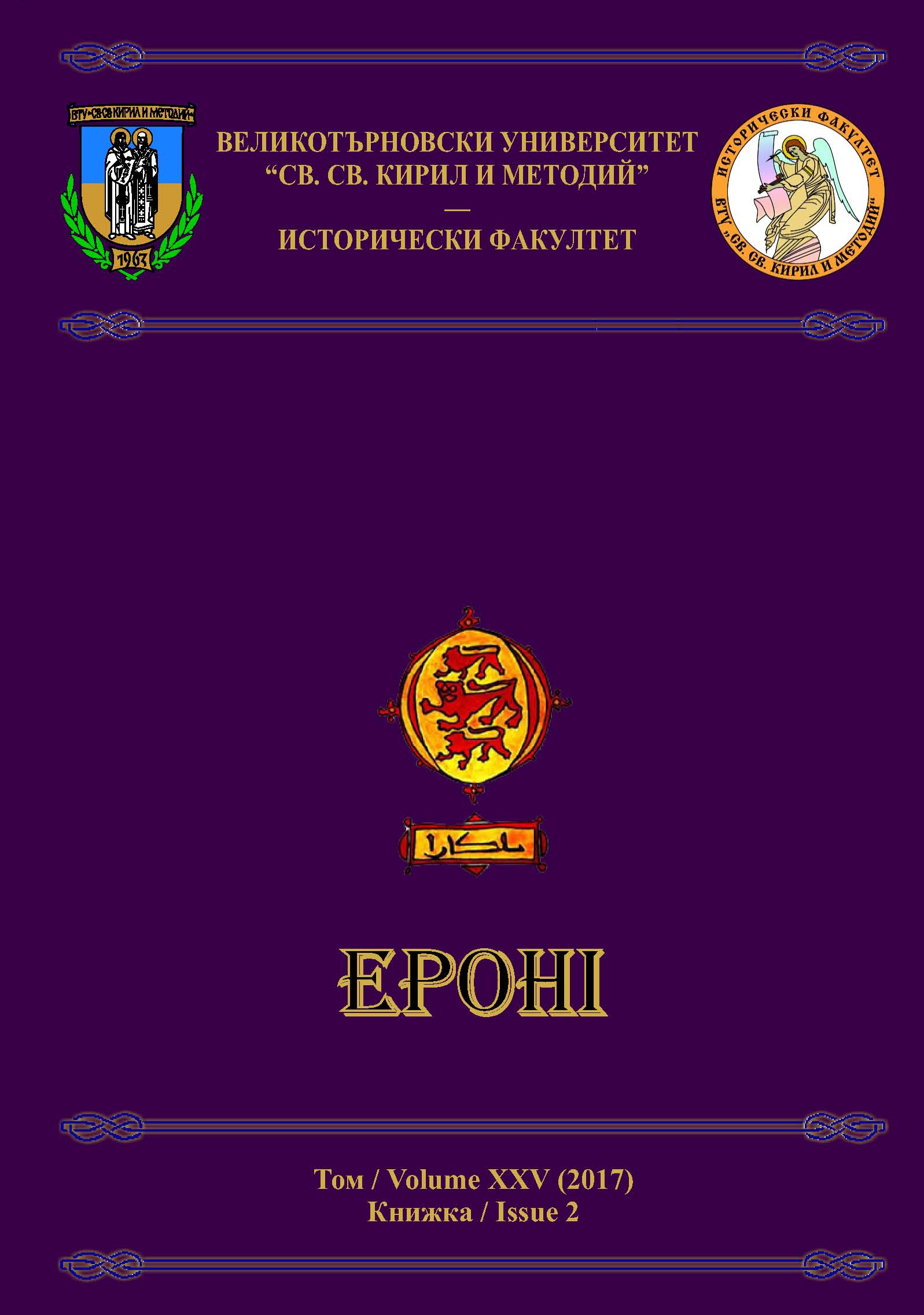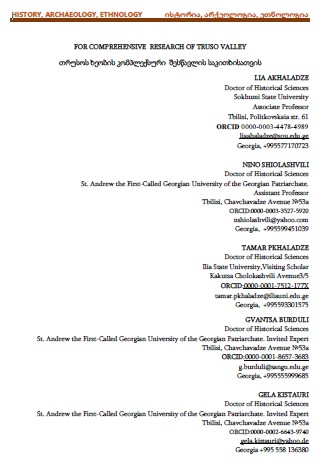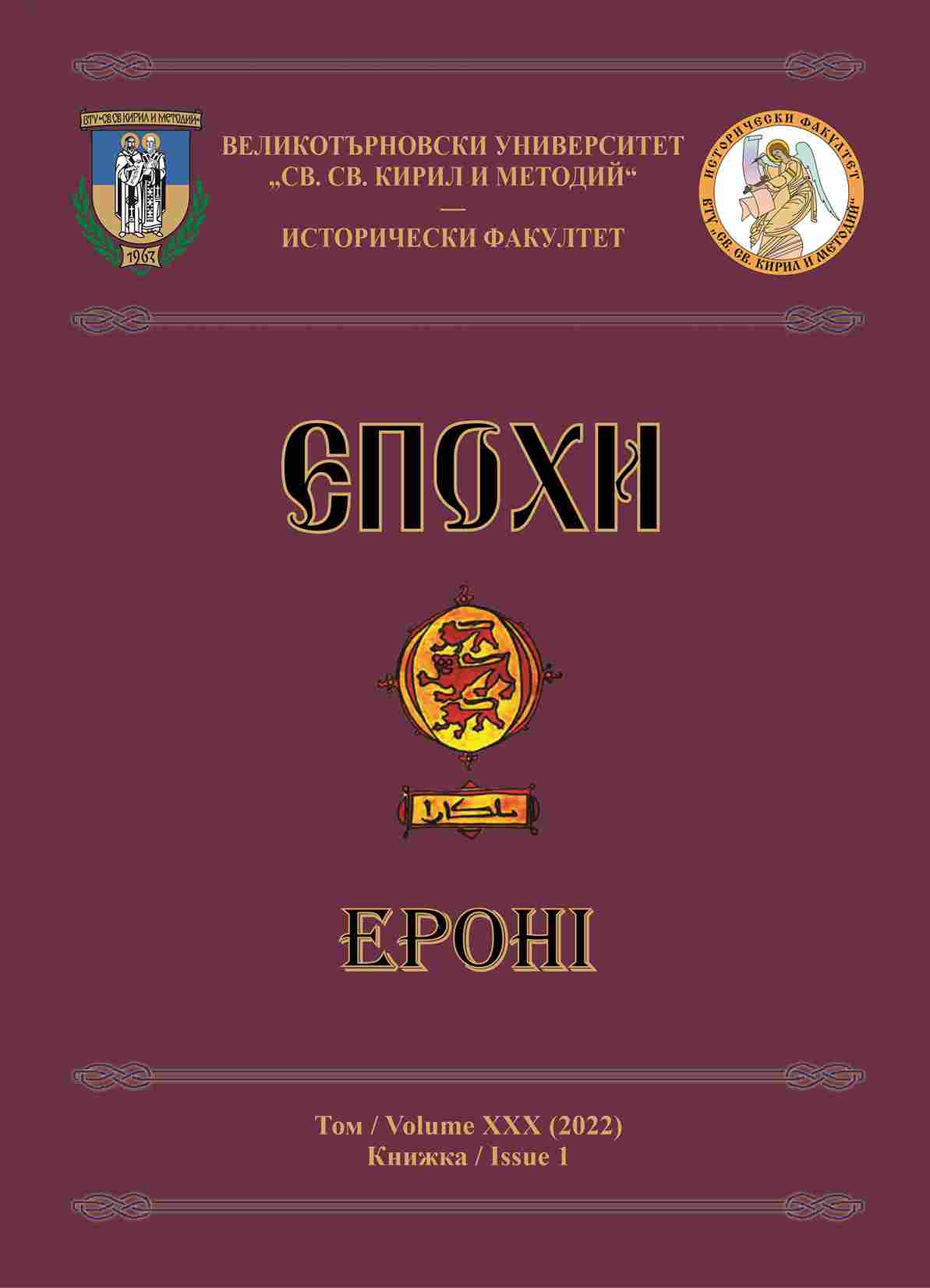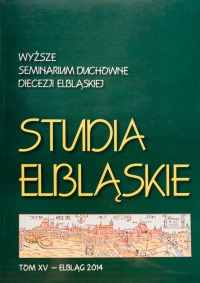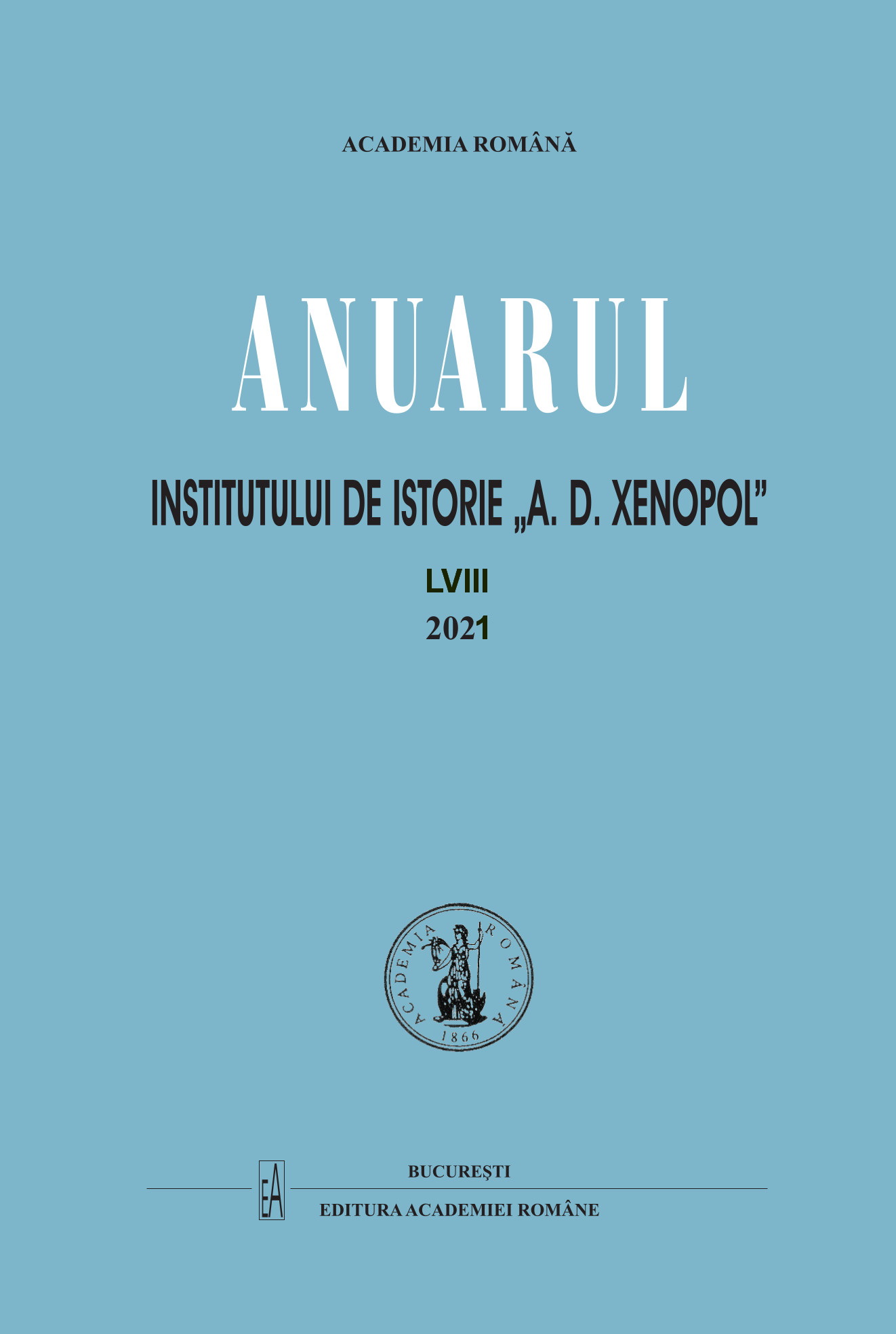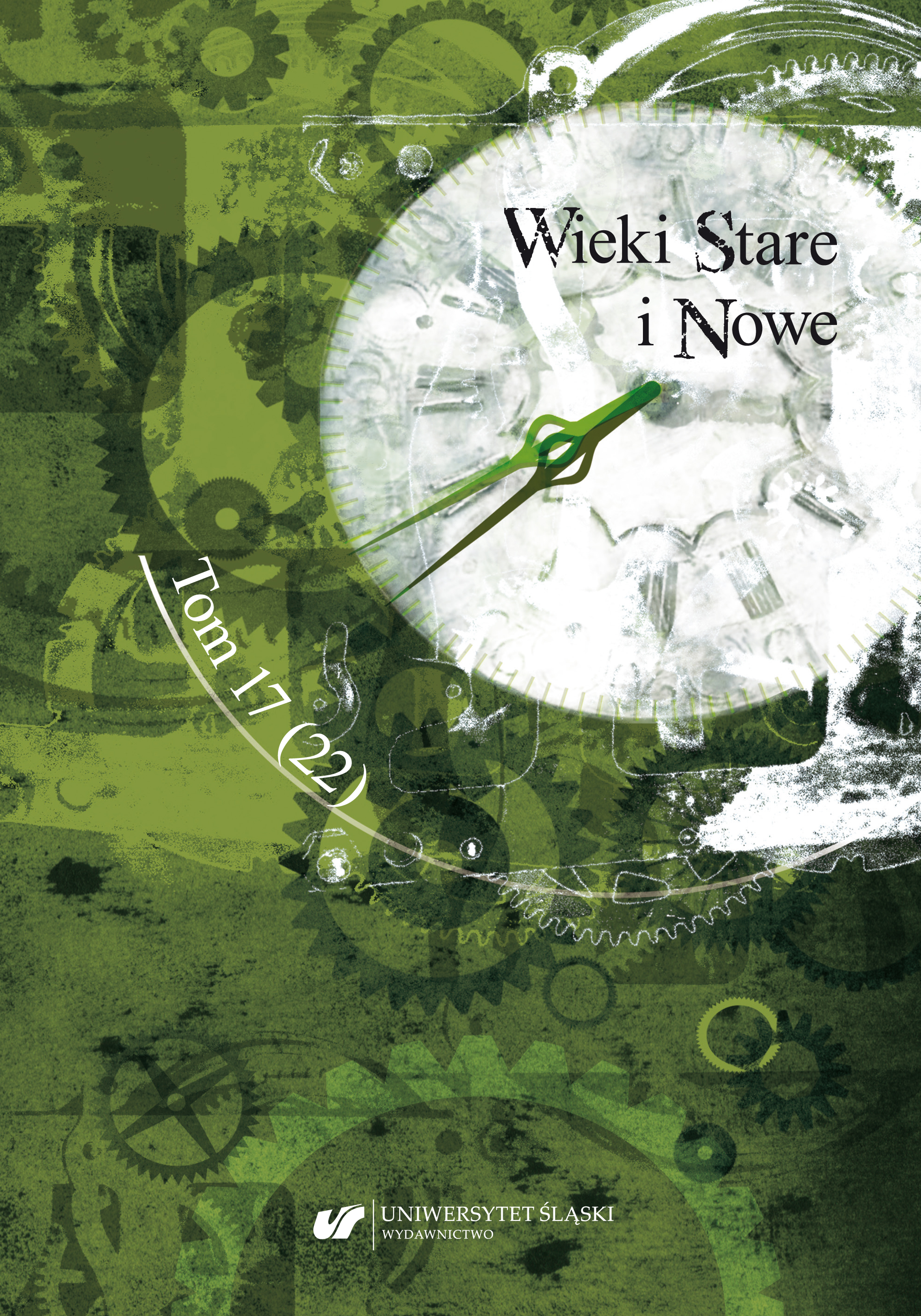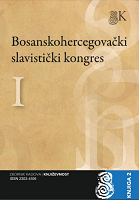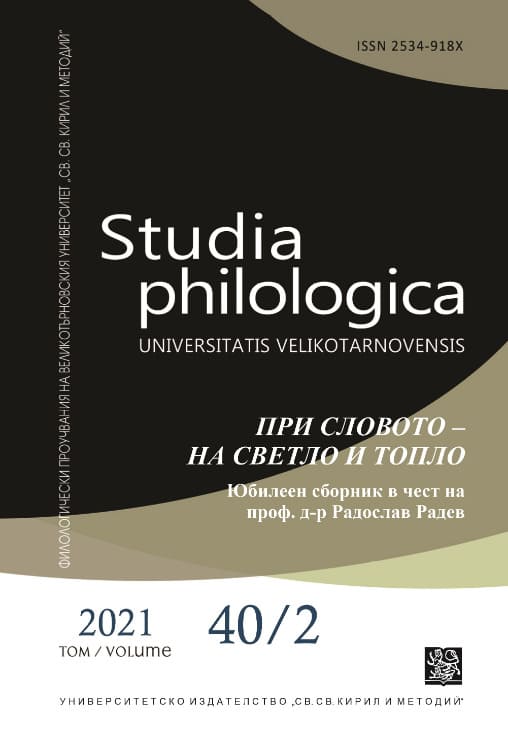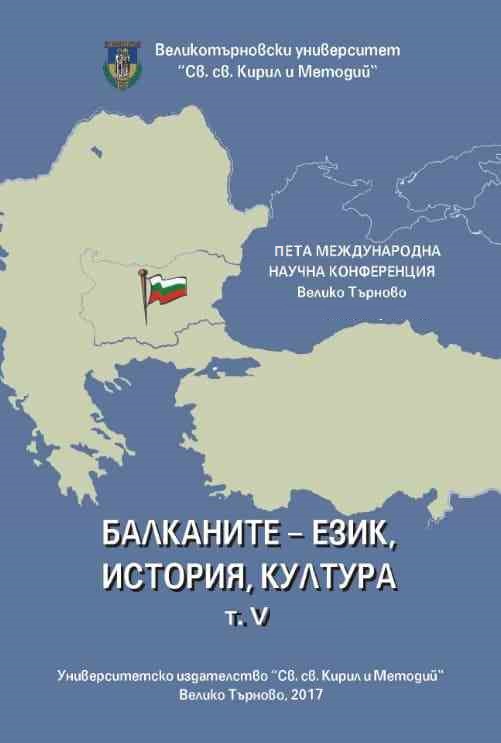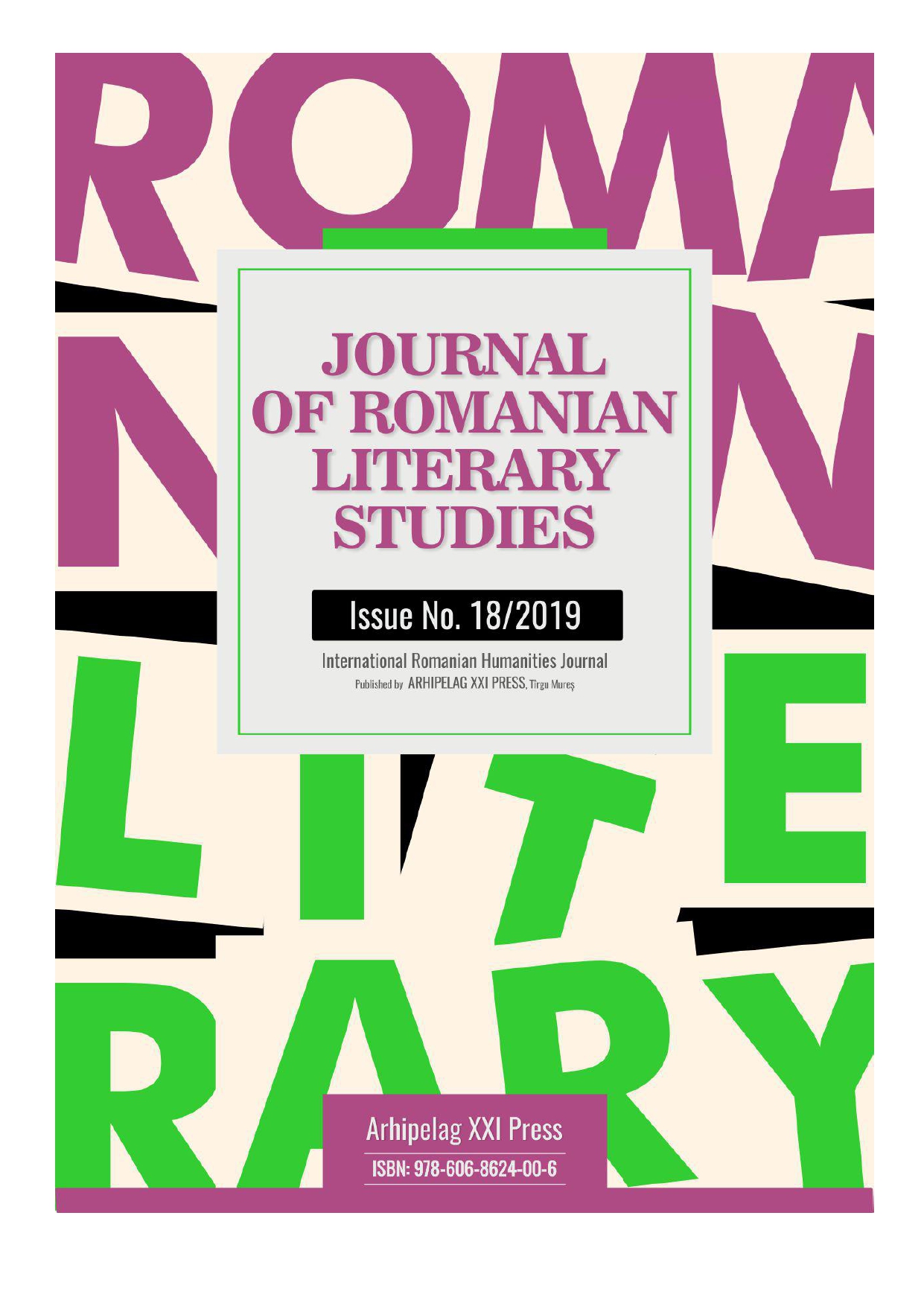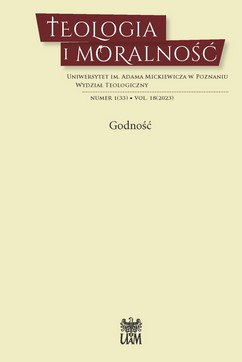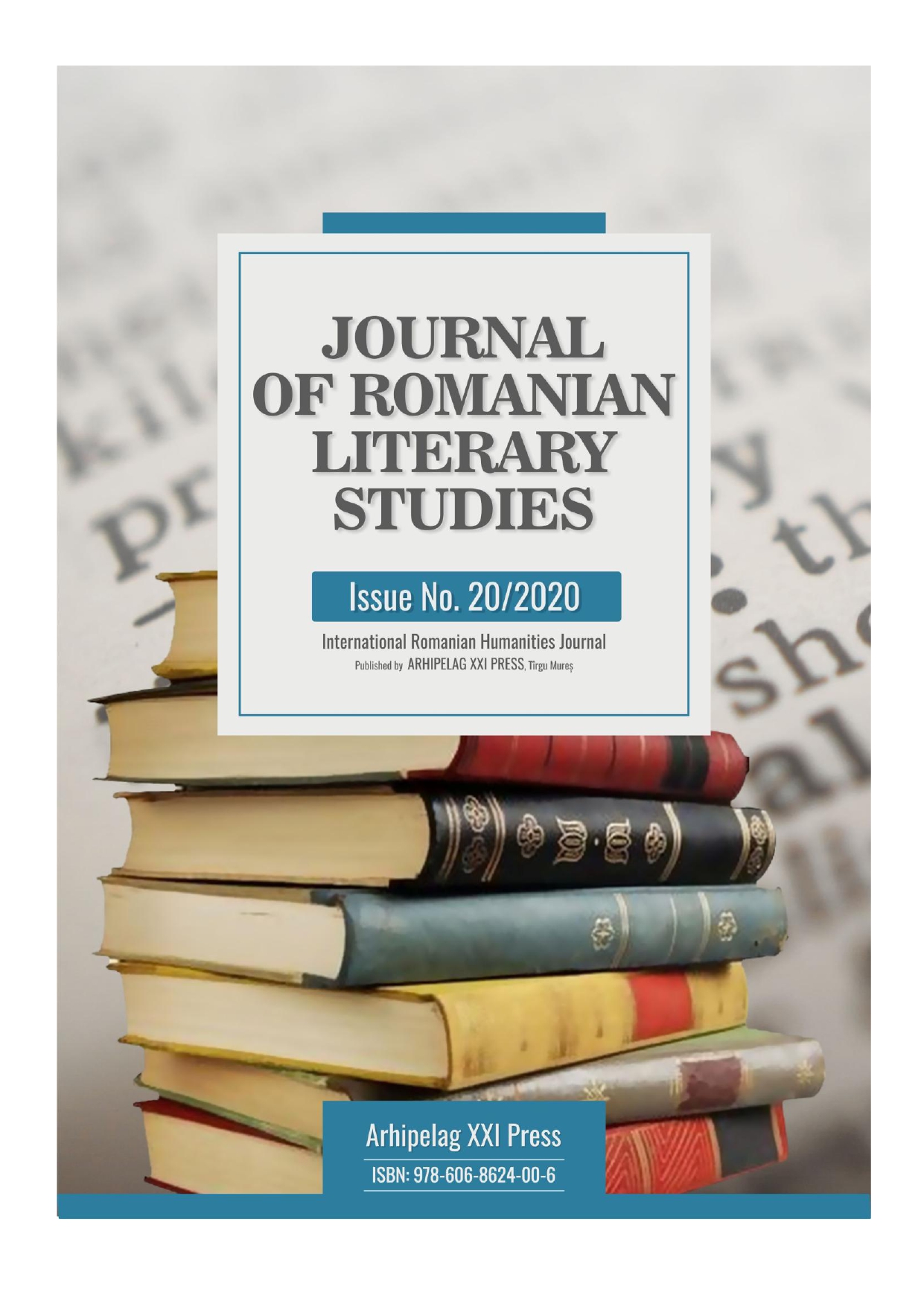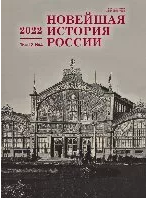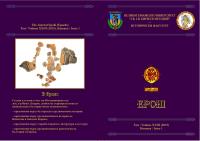
Коя църква с патрон св. Георги е издигната през XVI век в Арбанаси?
Nowadays in the south-western part of the village of Arbanassi there is a church whose patron is St. George. A lot of conservation and restoration work has been carried out in this church. Prior to this the church had been studied from an architectural point of view. It was established that the church was built during the first half of the 17th c. However, a recent study suggests that the church was built in the 16th c. Evidence in support of the earlier dating was found in the stylistic analysis of some of the mural decoration in the altar of the church and in the adjoining gallery. A more profound interpretation of the architecture of the church, the ascertained sequence of structuring the individual sections of the church, as well as the applied design solutions firmly refute the view that the first construction period of St. George’s Church can be dated to the 16th c. Indeed, in the 16th c. there was a church dedicated to St. George in the village of Arbanassi. This is the current chapel of St. Demetrius’ Church, which existed as an independent unit in the 16th c. This was attested during archaeological excavation works carried out inside the building and in the yard. The findings indicate that at about the mid-16th c. a church, consisting of an altar, nave and narthex was built. The studies of the surviving fragments from the earlier mural layer validate unambiguously the proposed dating. In the early 17th c. the existing St. George’s Church was reconstructed and was incorporated in the building of the newly erected St. Demetrius’ Church. As of 1621 the mural paintings inside were completed. Over the time the new patronof the church – St. Demetrius – gained currency. Therefore a new church, dedicated to St. George, was constructed lateron in the southwestern quarter of the village of Arbanassi.
More...
